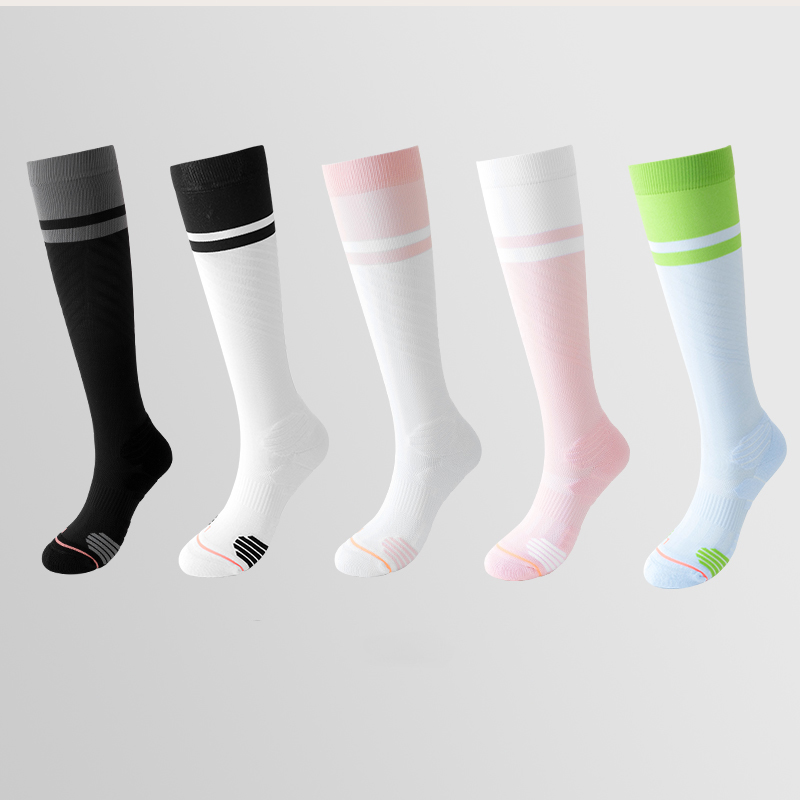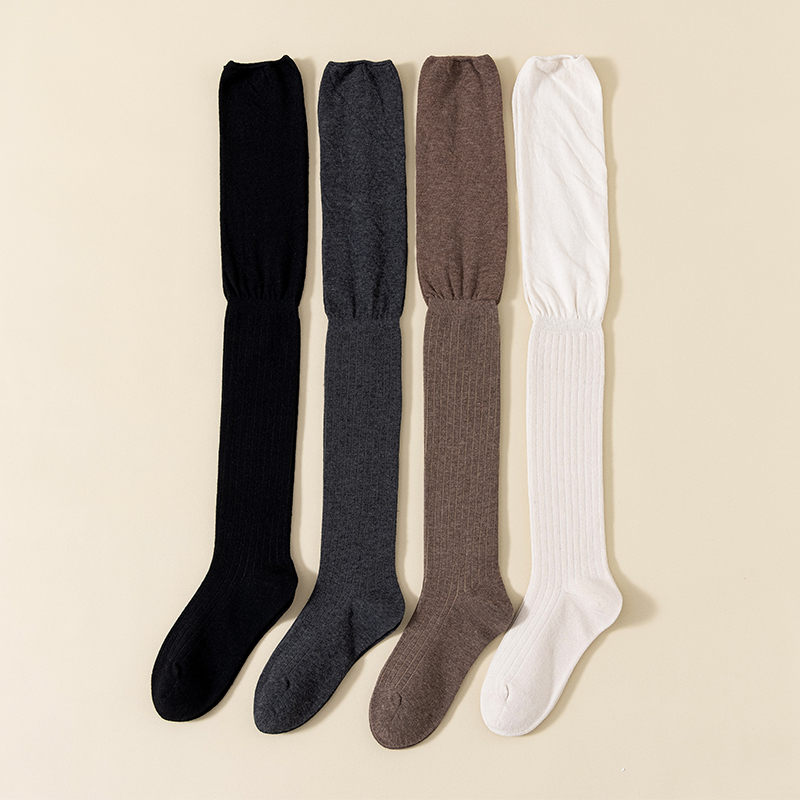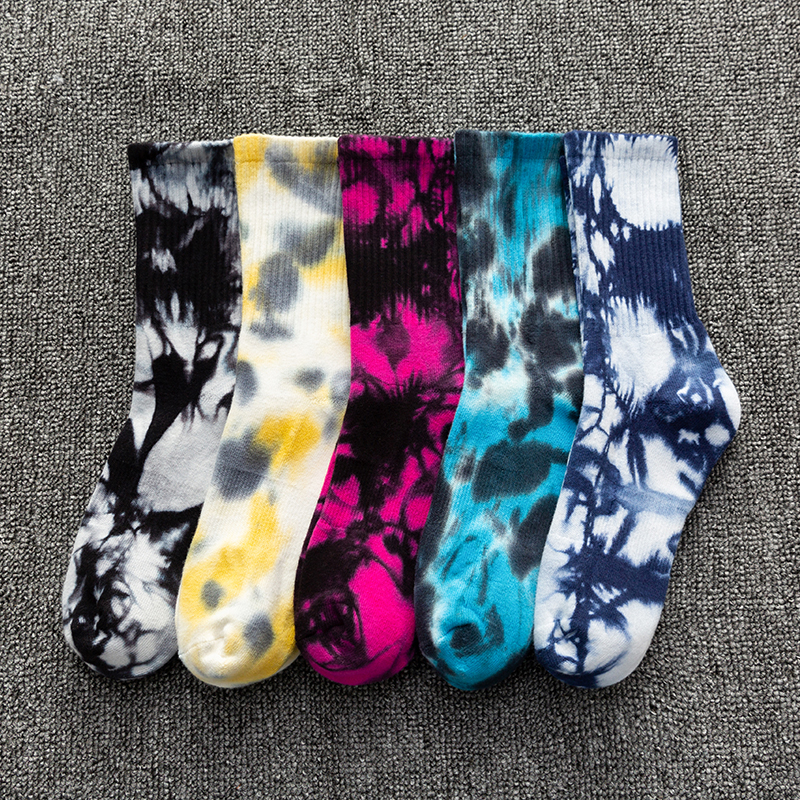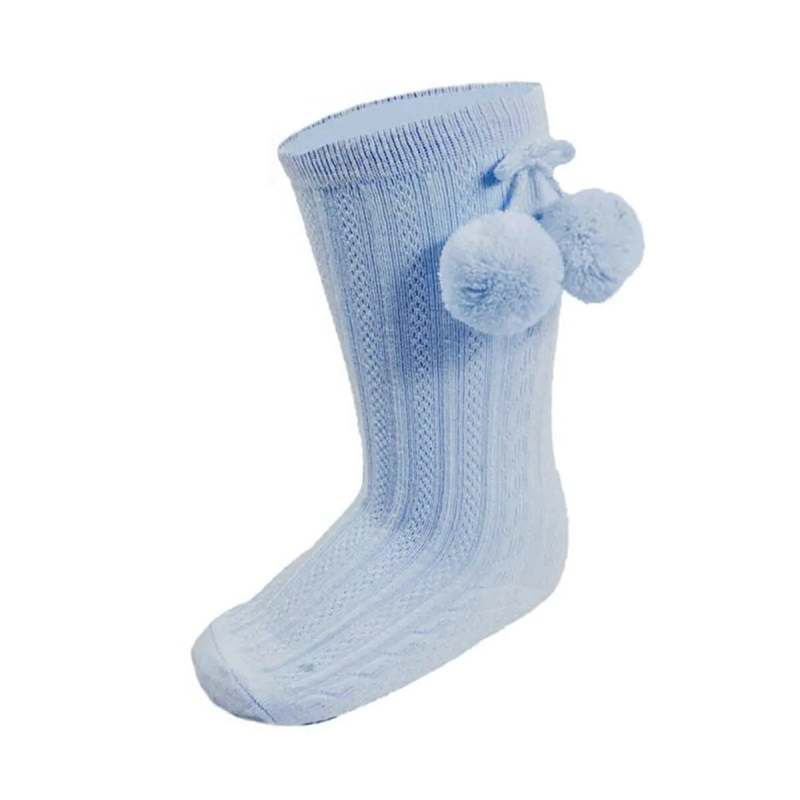Precise Control of Size and Fit
The design phase of pet socks requires precise measurements of the paw dimensions of different pet breeds. Data analysis is used to determine the proportions of the cuff, body, and paw pad to avoid restricting blood circulation due to overly tight sizing, or preventing slippage due to overly loose sizing. Designers typically use differentiated patterns to account for the different paw structures of dogs and cats, ensuring a snug fit without restricting joint movement.
Combining Fabric Softness and Support
A soft touch reduces friction and irritation on the paw skin, improving pet acceptance. Durability requires fabrics with high fiber strength and structural stability. Blending fabrics such as cotton with polyester, or nylon with spandex, can maintain a soft feel while enhancing stretch resistance and abrasion resistance, achieving both comfort and durability.
Optimizing Sewing Techniques
Seam placement and craftsmanship directly impact the wearing experience. Internal seams can cause localized friction and discomfort, while external seams can compromise appearance and protective effectiveness. Using flat seams or seamless seams can reduce friction points and maintain a smooth interior. Double-stitching and reinforced seams extend the lifespan and prevent unraveling even with frequent exercise and washing.
Comfort-enhancing Anti-Slip Layer
Anti-slip design is a key feature of pet socks. Durability requires the anti-slip layer to be abrasion-resistant and peel-resistant, while comfort requires it to be soft and not restrict the natural flexion of the paw. Choosing highly flexible, environmentally friendly silicone or TPR materials and applying a distributed dotted or corrugated coating can enhance anti-slip performance while minimizing the impact on mobility.
Balancing Elastic Structure and Stability
Elasticity at the cuff is key to preventing slippage. Comfort requires moderate elasticity to prevent constriction, while durability requires elasticity that maintains its elasticity even after prolonged use. High-elastic spandex fibers in the cuff and a circular reinforcement weave ensure a stable fit without disrupting blood circulation.
Zoned Design for Ventilation and Wear Resistance
Different areas require different comfort and durability. The paw back and ankle areas require greater breathability, while the paw pad and toe areas require greater wear resistance. Zoned weaving technology allows for a denser weave in high-wear areas and a breathable mesh weave in low-wear areas, achieving a balanced overall performance.
Thickness and Weight Balance
Increased thickness improves durability and warmth, but excessive thickness compromises flexibility and comfort. A multi-layer composite structure, with increased thickness in key stress areas and reduced thickness in joints where frequent flexion occurs, enhances durability without increasing overall weight, while maintaining flexibility and comfort.
The Complementary Role of Color and Pattern in Functionality
Dark colors or patterned designs can visually conceal signs of wear and tear, extending the product's aesthetic lifespan. Color dyes should be gentle on the skin and exhibit good wash fastness to prevent fading during washing, affecting the appearance and texture.
Ease of Cleaning and Maintenance and Performance Retention
Easy-to-wash fabrics maintain comfort during use, as dirt and moisture can easily affect pet paw health. Durability requires that the fabric and anti-slip layer withstand repeated washings without breaking down or losing functionality. When designing, choose a fiber structure that's both washable and durable, and employ strong bonding or heat-pressing techniques at the junction of the anti-slip layer and the sock surface.
Balancing seasonal functionality in design
Winter pet socks require a balance of warmth and durability, often using thick blended fabrics and fleece linings. Summer pet socks require enhanced breathability and a lightweight feel to prevent heat buildup and humidity. By adjusting the material ratios and structural design for different seasonal styles, the optimal balance between comfort and durability can be achieved.

 English
English
 Español
Español






